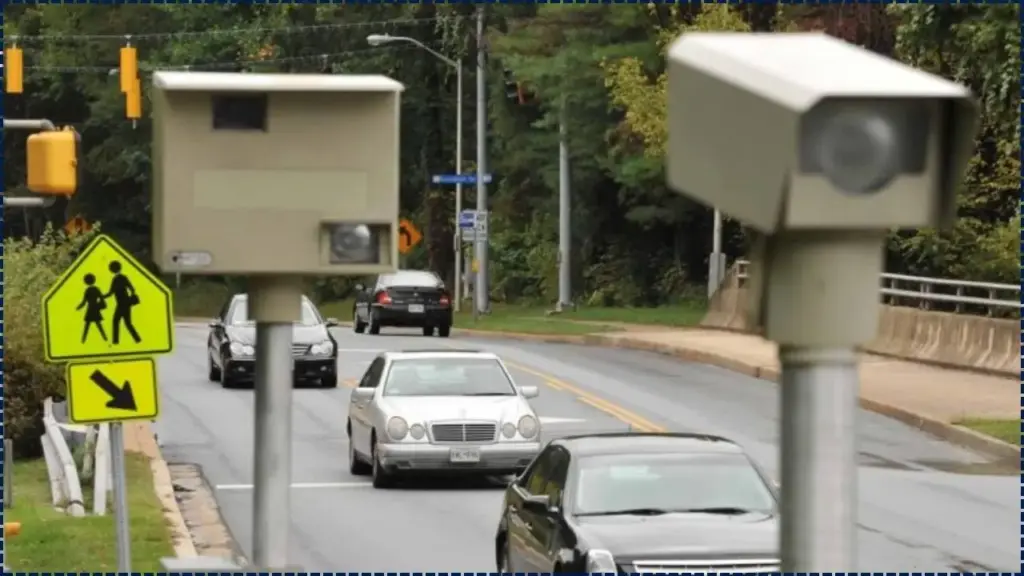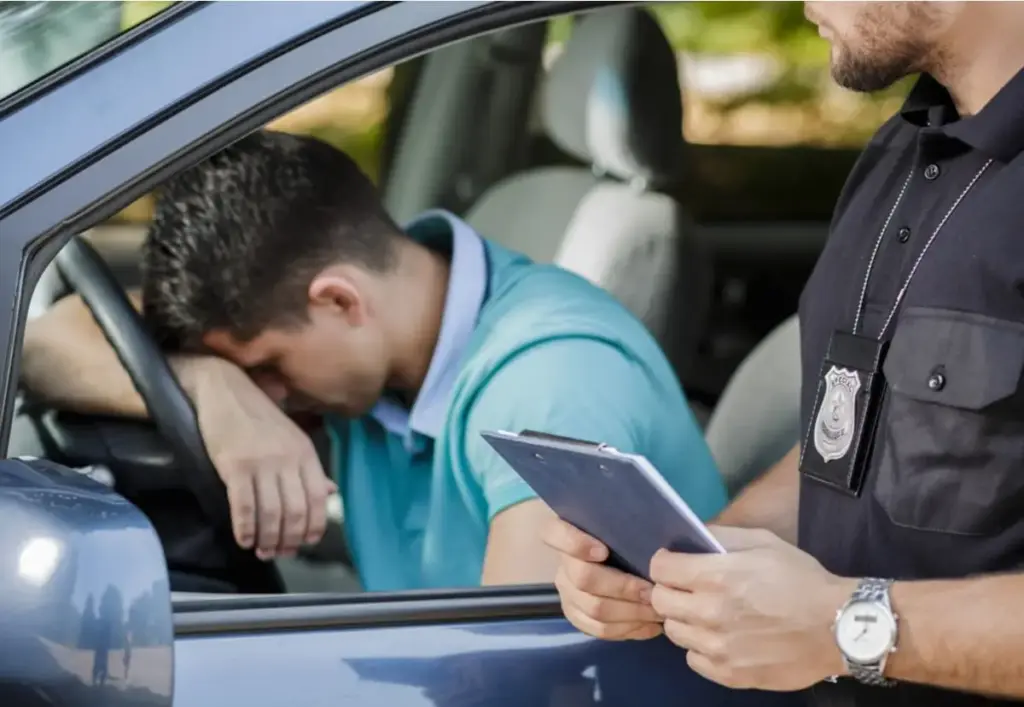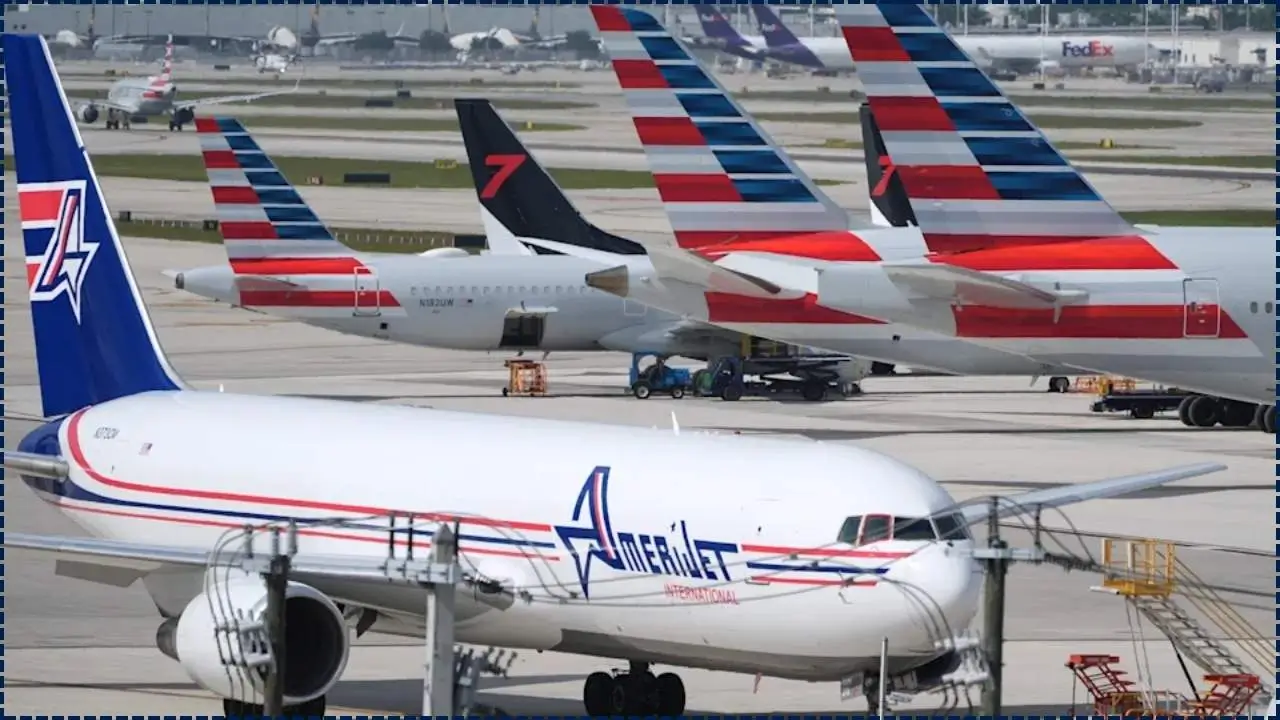Effective October 1, 2025, Maryland has introduced a set of new speeding rules that could result in automatic fines of up to $425 for vehicle owners—regardless of whether they were behind the wheel at the time of the violation.

These new rules, which include a tiered fine structure based on the severity of speeding, aim to reduce high-speed driving and increase road safety through the use of speed cameras.
Maryland Confirms New Speeding Rules
| Key Fact | Detail |
|---|---|
| U.S. Speeding Penalty Range | $40 to $425 depending on severity of speeding |
| New Speeding Rules | Effective October 1, 2025 |
| Maximum Fine for Speeding | $425 for exceeding speed limits by 40 mph or more |
What’s Changing in Maryland’s Speeding Laws?
The new law introduces a graduated fine system for speeding violations captured by speed cameras. Instead of the previous flat fine of $40 for all infractions, the new rules assign escalating fines based on how far a driver exceeds the posted speed limit.
The fines now range from $40 for a minor infraction (12-15 mph over), to $425 for major violations (40 mph or more over the limit).
The New Penalties Explained
- $40 for exceeding the speed limit by 12-15 mph.
- $70 for 16-19 mph over the limit.
- $120 for 20-29 mph over the limit.
- $230 for 30-39 mph over the limit.
- $425 for 40 mph or more over the limit.
These fines will be issued automatically through speed cameras, with the citation sent to the vehicle owner’s registered address. This means even if the registered owner is not the driver, they are still liable for the fine.

Why Maryland is Implementing These Changes
The main goal of this new system is to increase road safety by targeting dangerous speeding behaviors, especially “super speeders”—drivers who exceed speed limits by large margins. Speeding remains one of the leading causes of traffic fatalities.
According to data from the National Highway Traffic Safety Administration (NHTSA), excessive speed increases both the risk of accidents and their severity. This law aims to create a deterrent for those who habitually drive at dangerous speeds.
A Shift in Focus: The Registered Vehicle Owner, Not the Driver
Under the new law, the registered vehicle owner is held responsible for the fine, even if they weren’t driving at the time of the infraction. This owner liability model is designed to ensure that traffic laws are enforced even when the specific driver cannot be identified.
This could affect vehicle-sharing situations, where a car owner may not be aware of who is using their vehicle and at what speeds.
Expert Opinions: Will the New Law Improve Road Safety?
Support for Stricter Penalties
Experts in transportation safety largely support the new penalties, arguing that tiered fines are a more effective deterrent for high-speed violations. Dr. Julia Daniels, a traffic safety expert at the University of Maryland, states, “By making the fines more proportional to the severity of the offense, the law creates a clear financial disincentive for high-speed driving.”
The use of speed cameras has also been shown to reduce speeding-related accidents in other regions, including cities in the U.S. and internationally. Research indicates that automated enforcement, particularly in high-risk areas like school zones or construction zones, can have a significant impact on driver behavior.
Concerns Over Fairness
However, some critics argue that owner liability could lead to unfair situations. For instance, a vehicle owner could receive a fine even if they were not the driver at the time of the infraction, and they may struggle to prove their innocence or identify the person responsible for the speeding.
Some feel that the law could disproportionately affect individuals who lend their cars or who share a vehicle within a household.
The Effect of Maryland’s New Rules on Local Communities
The law’s changes will likely have both positive and negative effects on local communities. On the positive side, higher fines for dangerous speeding can improve road safety, particularly in areas where speeding is a chronic problem.
The revenue generated from these fines can be used for traffic safety programs, infrastructure improvements, or public awareness campaigns on the dangers of speeding. However, there are concerns that automated ticketing systems might be perceived as an infringement on privacy or as a revenue-generating scheme for local governments, rather than an effective safety measure.
For some drivers, the fear of being automatically fined might create a feeling of disempowerment, as they have no direct control over the enforcement process.
Global Comparisons: How Does Maryland’s System Stack Up?
Maryland’s new system of speed camera fines is similar to policies in other parts of the world, where automated enforcement is increasingly used to manage traffic safety.
In Europe, many countries, including Germany and France, have adopted speed cameras and automated enforcement systems to ensure that traffic laws are followed. Like Maryland, these countries impose fines based on the severity of the speeding offense, with penalties that increase for greater violations.
However, European systems are often more centralized, and the implementation of owner liability is less common. In Australia, states like Victoria have also implemented automated systems with fines issued to vehicle owners. These systems have proven effective in reducing speeding and improving traffic safety in high-risk areas.

Related Links
Confirmed – This Rare $100 Bill Becomes the Most Valuable in U.S. History, Worth Over $2 Million
220 American Airlines Flights Canceled Amid Government Shutdown — See If Your Trip Is Affected
Potential Future Developments: A Growing Trend?
As other states in the U.S. and countries around the world look to Maryland’s new law, it is possible that tiered fines and owner liability could become more widespread. As concerns about road safety and traffic fatalities grow, many jurisdictions are looking for ways to reduce dangerous driving behaviors through technology-driven solutions like speed cameras.
In Maryland, there could be further expansions to the law, such as the inclusion of more automated enforcement for other traffic violations, such as red-light running or driving without a seatbelt. Additionally, there may be expanded use of cameras in more communities, providing more opportunities for fines to be levied on high-speed violators.
Maryland’s new speeding enforcement rules, effective October 1, 2025, introduce a tiered fine system for speeding violations detected by speed cameras. By shifting responsibility for fines to the vehicle owner and implementing fines that escalate with the severity of the speeding violation, the law aims to deter high-speed driving and enhance public safety.
While the law’s impact on road safety remains to be seen, it reflects a broader trend in using automated systems for traffic enforcement. As the state rolls out this system, it will be crucial for vehicle owners and drivers to understand how the new laws will affect them and adjust their driving behaviors accordingly.





